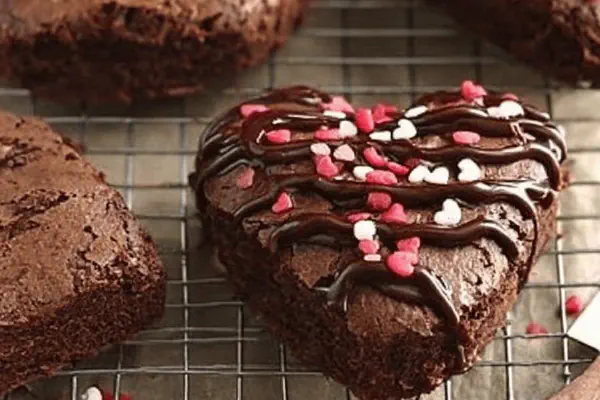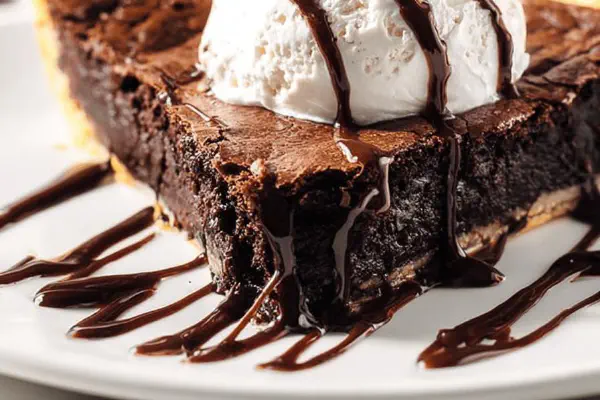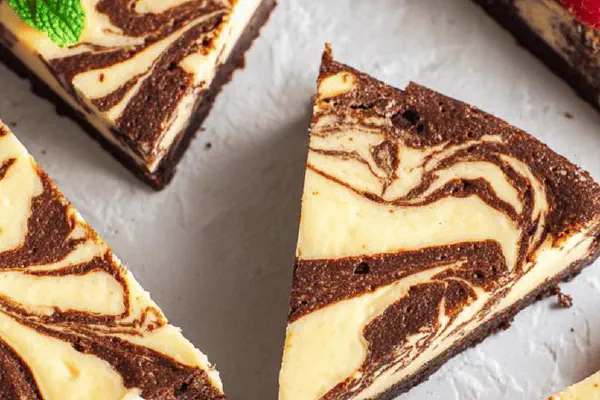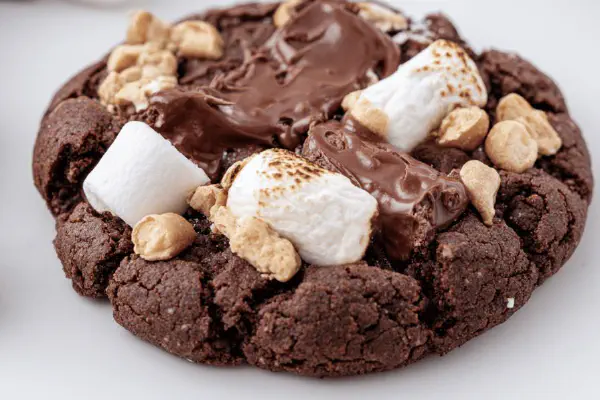Gluten-Free Chocolate Soufflés
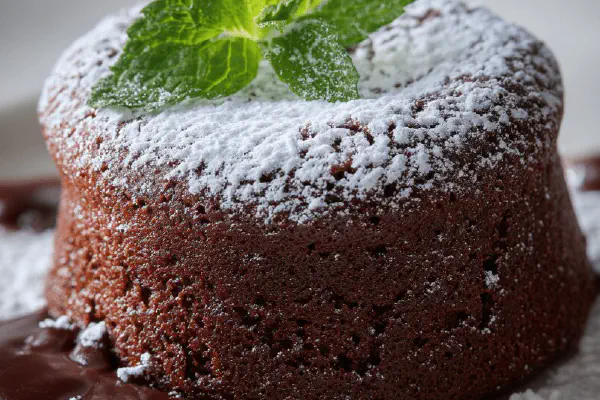
By Emma
Certified Culinary Professional
Ingredients
- 200 g dark bittersweet chocolate, roughly chopped
- 25 g unsweetened cocoa powder, sifted
- 30 ml (2 tbsp) potato starch
- 260 ml (1 cup plus 2 tbsp) whole milk
- 5 eggs, at room temperature, separated
- 2.5 ml (1/2 tsp) cream of tartar or 1/4 tsp white vinegar
- 90 g granulated sugar, divided
- Zest of 1 lime
About the ingredients
Method
Preparation
- 1. Rack in center position. Oven to 185°C (365°F). Butter six to eight 250 ml (1 cup) straight-sided ramekins. Dust bottom and walls generously with sugar. Chill until ready to fill; this sets a fine crust.
Chocolate base
- 2. In large bowl, heap dark chocolate and cocoa powder mixed together. Fine powder for deeper cocoa note—don’t skip sifting or lumps chance ruin.
- 3. In small saucepan off heat, whisk potato starch into milk until smooth. Heat on medium, stirring constantly. As mixture nears boil, thickens in 30-45 seconds with soft simmer bubbles, not raging boil. Remove immediately once thickened.
- 4. Pour hot custard onto chocolate. Let sit 2 minutes untouched. Stir slowly, coax chocolate to melt without streaks. Scrape in egg yolks, stirring gently until glossy and homogeneous. Fold in lime zest last—citrus oils awaken the blend.
Meringue
- 5. In large clean dry bowl, beat egg whites and cream of tartar on medium speed to soft peaks. Increase speed, add half sugar gradually, beat to firm glossy peaks that hold shape but still bend slightly at tips. Avoid dry grainy spikes—they hurt volume.
Folding & filling
- 6. Blend 1/3 meringue quick into chocolate mix to loosen it. Then add remaining meringue in two additions, folding gently with wide spatula. Keep motion slow, deliberate; lift from bottom to top in big arcs. Crushing air means flat soufflé. Aim to keep as much volume as possible.
- 7. Spoon into ramekins nearly full; smooth top. Run finger around inside edge to create tiny gap—prevents cracking during rise. Wipe rims clean to avoid burnt sugar spots. Set ramekins on baking tray.
Baking
- 8. Bake 25-30 minutes. Start checking at 25. Look for soufflés puffed over rims by ~2.5 cm (1 inch), surface firm but slightly jiggly inside. Edges may crack or shiver—good sign. Oven sounds soften. Avoid opening door early—collapse risk.
- 9. Remove, serve immediately. Deflates in moments once cooled. Perfect partnered with tart berries or just dusted sugar.
Troubleshooting
- If whites overbeat, add a few drops lemon juice, remix at low speed to soften. No cream of tartar? White vinegar works but affects taste subtly. Miss potato starch? Cornstarch can replace but affects rise slightly. Failed rise points to folding too aggressive or whites too soft/stiff. Use fresh eggs for best bubbles. Lower altitude? Bake --> 20 minutes; higher altitudes, bake longer monitoring rise visually.
Cooking tips
Chef's notes
- 💡 Whip egg whites in a metal or glass bowl only. Plastic traps grease, kills volume. Use cream of tartar as acid stabilizer; vinegar ok but shifts flavor. Whites at room temp whip higher peaks—essential to trap air.
- 💡 Fold meringue in thirds. First third to loosen chocolate base, rest gently with wide spatula. Slow arcs bottom to top. Too aggressive crushes bubbles, soufflé collapses later. Patience here beats speed every time.
- 💡 Sugar split is key—half into whites slowly for glossy stiff peaks, half left for base custard sweetening. Prevents graininess and dry whites. Avoid dry, grainy meringue by gradual sugar addition and steady beating.
- 💡 Use potato starch, not cornstarch, for silkier custard texture. Cornstarch thickens differently, might tighten crumb more. Potato starch melts better into milk-custard mix, gives softer pillow effect inside soufflé interior.
- 💡 Watch visual cues not timers solely. Soufflés puff about 2.5 cm over ramekin rim. Surface firm yet jiggle in center. Edges cracking or shivering? Good. Listen too—oven quiets, softer clicks signal doneness. Resist door opening.
Common questions
Can I swap potato starch for cornstarch?
Yes, but texture changes. Cornstarch thickens more, might tighten crumb. Softer pillow feel fades. Works in pinch but expect slight rise impact. Stir smooth to prevent lumps.
What if whites overbeat?
Add lemon juice or vinegar drops, remix gently at low speed. Softens meringue, regains pliability. No cream of tartar? White vinegar replace but watch taste shifts. Avoid early folding.
Why do soufflés deflate so fast?
Air bubbles delicate, fold gently to keep volume. Oven drafts or door opening collapse rise. Serve immediately, no resting. Cool temps affect stability. Use fresh eggs for strong peaks.
How to store leftovers?
Best eaten fresh. Store in airtight container, refrigerate max few hours. Reheat gently in low oven; texture softens, no crisp crust. Meringue loses snap fast. Freezing whites ok but batter not.
